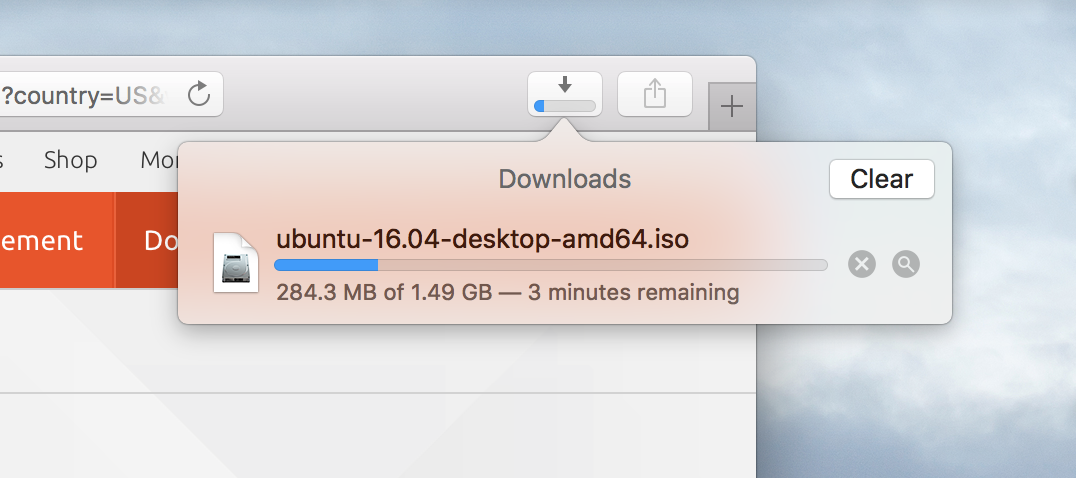In the Terminal app on your Mac, use the mv command to move files or folders from one location to another on the same computer. The mv command moves the file or folder from its old location and puts it in the new location. For example, to move a file from your Downloads folder to a Work folder in your Documents folder.
It’s important to understand how OS X arranges files into folders and how you go about accessing them via the command line. As a Mac user, you might not be familiar with how paths work in Unix. A path is simply a textual representation of a folder or file.
The simplest paths are the root, denoted by the forward slash (/), and your Home directory, denoted by a tilde character (~), which acts as the equivalent of /Users/<your short account name>. Any folder in the Home directory is represented by the folder’s name preceded by a forward slash (/). For example, a document titled myDoc that resides in the current user’s Documents folder would have a path like this:
Similarly, a folder named myFolder that resides in the current user’s Documents folder would have a path like this:
A folder (Mac-speak) and a directory (Unix-speak) are simply two different names for the same thing.
Because OS X is a multiuser environment, you might sometimes want to work with folders or files somewhere other than in your Home folder. Starting from your Home folder, enter the following command:
This moves you to the folder right above your Home folder, which happens to be the Users folder. Using another quick ls command shows you all users who are permitted to use the machine. (By the way, Shared isn’t a user — it’s a folder with privileges set so that any user can access its contents.)
Enter cd .. again, and you find yourself at the root of your main hard drive. The root directory is what you see in Finder when you double-click your hard drive icon on the Desktop. Remember that a user’s Home directory is represented by a tilde character (~), and the root of the hard drive is denoted by a forward slash (/), as displayed by the prompt:
Skip right back to your Home directory by following this sequence:
And here’s an even faster way. Instead of moving through each successive folder until you reach your intended destination, you can specify the path by using just one cd command:
The Home directory is a special folder in that you can also navigate there by simply entering cd ~, but the main point here is that you can navigate directly to specific folders by using a folder’s path in conjunction with the cd command.
Furthermore, when you navigate your hard drive by using paths, you can jump directly to your desired destination from any place. When you enter cd .., it’s in relation to your current position, whereas entering
always takes you to the same directory, regardless of your starting point.

There are many ways to download torrents. Some of them are anonymous while some of them are not. If you want to try something different to download Torrents then you are at right place. Today I will tell you how to download torrents using Windows, Linux, and Mac command line. There is a command line tool, torrent. This command line tool can download a file from torrents using the magnet link or the “.torrent” file. This tool quietly works same as the other Torrent clients. The only difference is that it works in command line mode.
Torrent is a simple and minimal Torrent client that runs from the terminal. You just have to execute a single command to download Torrent on your computer. If you want to unleash the power of the terminal in downloading Torrents then follow the guide below. However, the tool Torrent is built using Node JS. And thus, you are required to download and install Node JS on your computer before start using this guide.
Downloading Torrents from Linux, MAC, Windows Command line in an easy way:
If you like to play with the command line, then you will enjoy downloading Torrents from it. There is only one-time effort is required to install this tool and then you can use it as long as your computer is alive.
So, first of all, install the torrent tool globally on your computer. For that, make sure that you have installed Node JS and then open the terminal or the command prompt of Windows. Run this command to install Torrent globally.
The torrent has been installed, you can then start using it. To download torrents from the command line, you need the magnet link or the “.torrent” file of the target. And if you have that then run any of the following commands.

Download File With Mac Command Line Command
If you have the magnet link, then run:
If you have the .torrent file, then run:

Mac Command Line Tools
Now, you must be an idea what it looks like to download torrents from the command line. For the sake of this guide, I have used Windows 10. But, this method should work on other platforms as well and same commands apply there.
Download File With Mac Command Line Download
Wrap up:
Torrent is a simple and nice tool which you can use to download torrents from Linux, Windows, and MAC terminal. One single command and the torrent will be delivered to your computer in a few seconds. However, this tool may download the content slowly but that truly depends on the number of seeds available of that Torrent you are downloading. Otherwise, it threw me same speed as I was getting in qBitTorrent software.